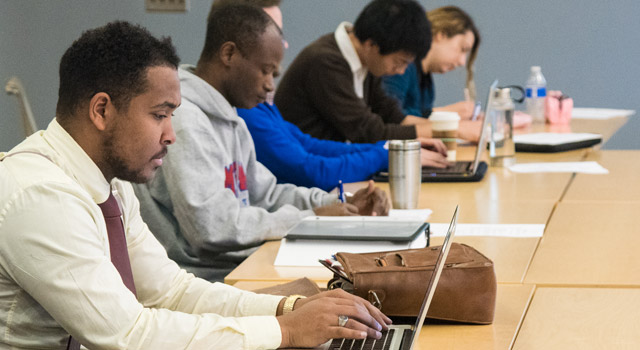Diversity and Inclusion in Higher Education: Challenges and Progress
In an increasingly interconnected and diverse world, higher education institutions are challenged with fostering environments that promote diversity and inclusion. This article delves into the pressing issues, ongoing challenges, and the significant progress made in this crucial area. We will explore the impact of diversity and inclusion in higher education, analyze current obstacles, and shed light on the initiatives driving positive change.
The Importance of Diversity and Inclusion
1. Enriching the Learning Experience
One of the fundamental benefits of diversity in higher education is the enrichment of the learning experience. Diverse classrooms bring together students with unique perspectives, backgrounds, and experiences, fostering dynamic discussions and critical thinking.
2. Preparing Students for the Globalized World
Inclusion prepares students for a globalized job market. Exposure to diverse ideas and cultures equips graduates with the skills needed to thrive in an interconnected world.
The Challenges
1. Underrepresentation
a. Racial and Ethnic Underrepresentation
i. Lack of Access: Disparities in access to higher education persist, disproportionately affecting marginalized racial and ethnic groups.
ii. Pipeline Issues: Issues within primary and secondary education systems can hinder students from underrepresented backgrounds from pursuing higher education.
b. Gender Disparities
i. STEM Fields: Women remain underrepresented in STEM fields, often facing gender bias and unequal opportunities.

2. Campus Climate
a. Discrimination and Bias
i. Microaggressions: Subtle forms of discrimination, such as microaggressions, can create hostile campus climates for minority students.
ii. Implicit Bias: Unconscious biases held by faculty and staff can affect grading, mentoring, and overall student experiences.
3. Retention and Graduation Rates
a. Equity Gaps
i. Graduation Rates: Persistent gaps exist in graduation rates between underrepresented minorities and their peers.
ii. Student Support: Insufficient support systems can hinder the success of underrepresented students.
Progress and Initiatives
1. Admissions Overhauls
a. Holistic Admissions
i. Diverse Criteria: Institutions are shifting towards considering more than just standardized test scores, valuing students’ holistic experiences and backgrounds.
b. Affirmative Action
i. Inclusivity Measures: Affirmative action policies continue to be implemented to address historical disparities in higher education.
2. Inclusive Curricula
a. Diverse Course Offerings
i. Curriculum Reform: Universities are diversifying course offerings to include more perspectives and cultures.
b. Inclusive Pedagogy
i. Faculty Development: Training programs help educators create inclusive classroom environments.
3. Campus Support Services
a. Mentorship Programs
i. Faculty and Peer Mentorship: Supportive relationships can improve the retention and success rates of underrepresented students.
b. Counseling Services
i. Mental Health Support: Specialized counseling services address the unique mental health needs of diverse student populations.
4. Diversity Initiatives
a. Affinity Groups
i. Student Organizations: Affinity groups provide spaces for students to connect and find support within their communities.
b. Diversity and Inclusion Offices
i. Institutional Commitment: Establishing dedicated offices demonstrates an institution’s commitment to diversity and inclusion.
The Road Ahead
1. Continued Advocacy
a. Policy Changes
i. Legislative Action: Advocacy for equitable policies at local, state, and federal levels remains essential.
b. Campus Activism
i. Student-Led Movements: Campus activism continues to push for change within institutions.
2. Research and Data Collection
a. Identifying Disparities
i. Data-Driven Decision-Making: Collecting and analyzing data helps identify areas where disparities persist.
3. Holistic Approaches
a. Intersectionality
i. Addressing Multiple Identities: Recognizing that individuals have intersecting identities and experiences is crucial.
Conclusion
Diversity and inclusion in higher education are paramount to fostering a more equitable society and preparing students for an interconnected world. While challenges persist, progress is evident through various initiatives and shifts in institutional practices. The journey towards greater diversity and inclusion is ongoing, but the commitment to these principles remains unwavering. By addressing these challenges head-on and leveraging the progress already made, higher education can continue to be a force for positive change in society.





